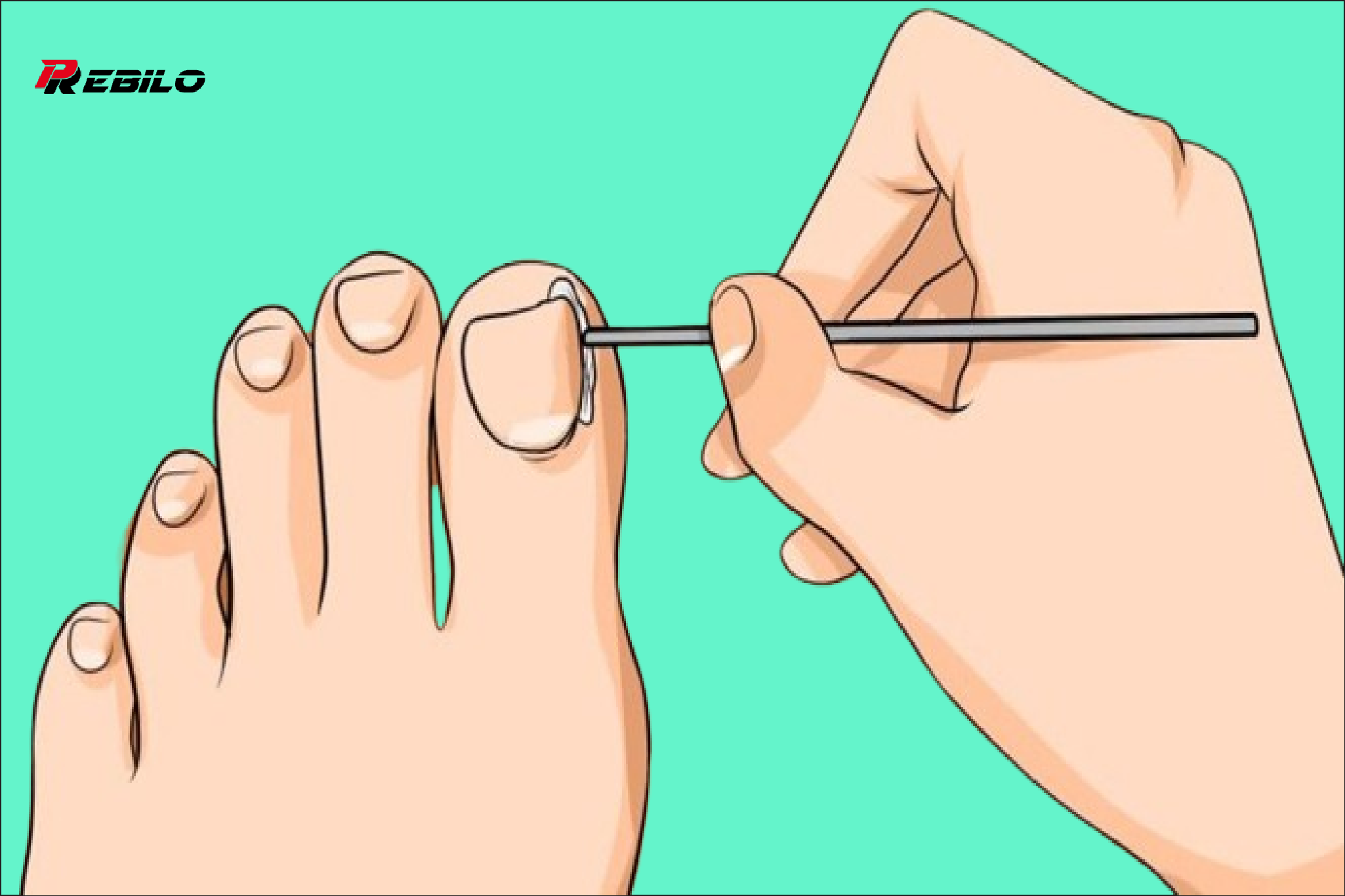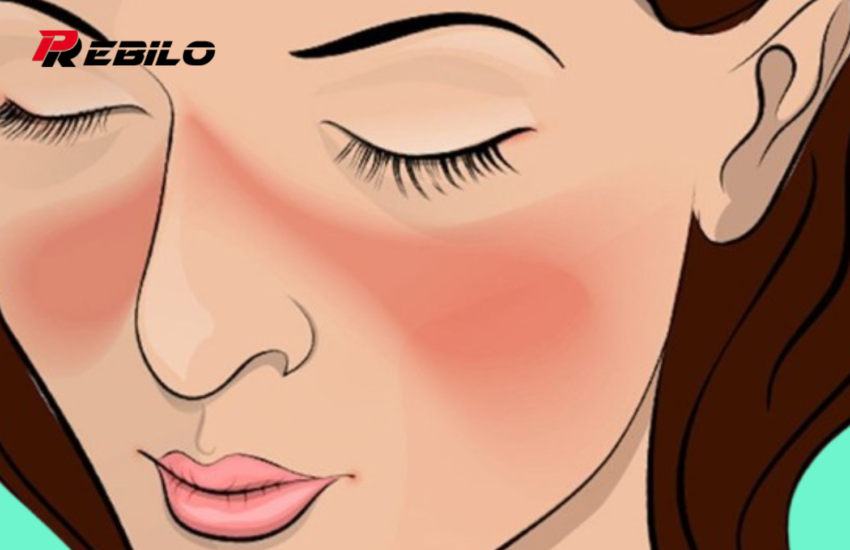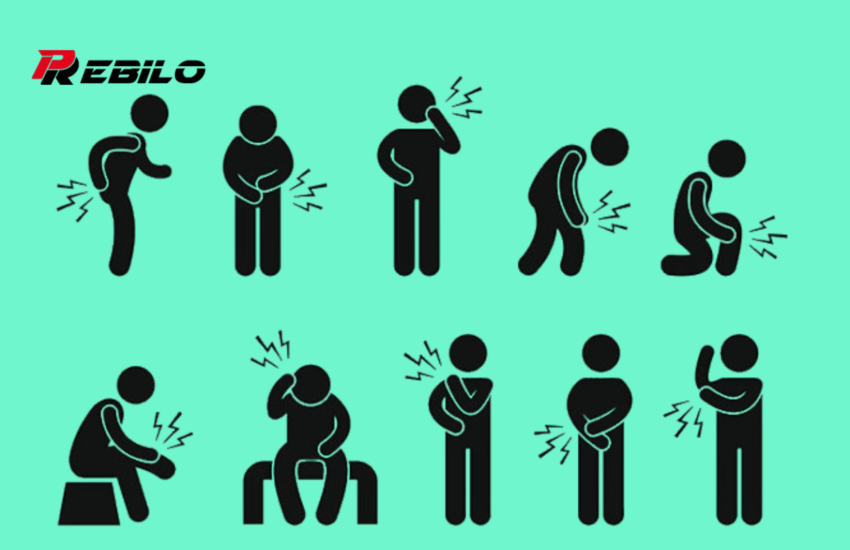How to get rid of ingrown toenail
Experiencing the discomfort of an ingrown toenail is an ordeal known to many. Beyond being painful, it becomes an annoyance as our toes are integral to daily movement, constantly coming into contact and exacerbating the discomfort. Dealing with this issue promptly is crucial as it can lead to prolonged pain and potential infection.
An ingrown toenail, scientifically termed onychocryptosis, can manifest at any age and ranks among the most prevalent toenail problems. This condition is not only painful but can escalate into infection if not attended to properly. While research on the subject is ongoing, some studies hint at a slightly higher incidence in males, particularly in the 14–25 age group. Nevertheless, individuals of any age can be affected.
Several factors contribute to the development of ingrown toenails, including improper nail-cutting techniques, wearing tight-fitting footwear, trauma, anatomical factors such as thickening of the nail plate or a pincer-shaped toenail, pressure from adjacent digits due to deformities like hallux valgus, and occasionally, the use of isotretinoin for severe acne treatment.
It’s crucial to note that toenail fungus can exacerbate the problem. Though commonly misunderstood, toenail fungus is not a result of poor hygiene. However, maintaining cleanliness becomes vital when dealing with an ingrown toenail.
Fortunately, there are numerous natural remedies for managing ingrown toenails at home, negating the need for a doctor’s visit. Let’s delve into more details regarding ingrown toenails and effective home treatments.
How to Address an Ingrown Toenail
Understanding what an ingrown toenail is and its causes is paramount. This condition occurs when the corner or side of a toenail grows into the soft flesh. Various anatomical and behavioral factors, such as improper trimming, repetitive trauma, genetic predisposition, hyperhidrosis, and poor foot hygiene, contribute to ingrown toenails.
Ingrown toenails are categorized into three stages: mild (stage 1), moderate (stage 2), and severe (stage 3). Symptoms range from nail-fold swelling and erythema in mild cases to increased swelling, drainage, infection, and ulceration in moderate cases. Severe cases exhibit chronic inflammation, granulation, and marked nail-fold hypertrophy.
Symptoms of an ingrown toenail include pain, tenderness, redness around the toenail, swelling, and potential infection. Most commonly affecting the big toe, ingrown toenails are often self-treatable. However, severe or spreading pain may necessitate a visit to the doctor to prevent complications.
To comprehend how ingrown toenails occur, understanding the different parts of the toenail is essential. These include the nail plate, nail bed, cuticle, nail folds, lunula, and nail matrix.
Recognizing an Ingrown Toenail
Certain symptoms indicate an ingrown toenail. If you experience pain, tenderness, redness, swelling around the toenail, or infection in the nail folds, an ingrown toenail is likely.
The good news is that natural remedies can effectively treat an ingrown toenail, especially if detected in stage 1. Here are some practical steps:
- Soak or Wash the Foot: Soaking the foot in warm, soapy water multiple times a day can help keep the area clean and aid in drawing out the toenail.
- Wash with Castile Soap: Alternatively, washing the foot and affected nail twice daily with soap and water, preferably Castile soap, helps maintain cleanliness.
- Apple Cider Vinegar Wash: Utilizing apple cider vinegar as a natural treatment involves adding it to warm water for a foot soak or direct application to conditioned ingrown nails, combating potential bacterial formation.
- Dental Floss Under the Nail: Placing cotton wisps or dental floss under the ingrown nail border can encourage proper nail growth direction, alleviating discomfort.
- Avoid High Heels and Tight Shoes: Steering clear of high heels and tight-fitting shoes aids in faster healing by minimizing pressure on the affected area.
- Use Essential Oils: A blend of essential oils, including melaleuca, cyprus, clove, lavender, and rosemary, with a carrier oil such as coconut oil, can be gently massaged onto the affected area for natural pain relief and a conducive healing environment.
How to Cut an Ingrown Toenail
Cutting an ingrown toenail requires caution and, preferably, assistance. Here’s a step-by-step guide:
- Soak the Feet: Soak feet in warm water with Epsom salt or Castile soap for around 20 minutes to soften the toenail and reduce swelling.
- Push Back Swollen Skin: Gently push back swollen skin from the nail border using clean fingers.
- Cut Nail Straight Across: Cut the nail straight across, starting with the edges, not the middle.
- Place Cotton Between Nail and Skin: Insert a small piece of cotton between the ingrown nail and skin to prevent recurrence.
- Apply Ointment: Apply the provided essential oil ointment and bandage the toe carefully, opting for loose-fitting shoes to aid healing.
Homemade Ingrown Toenail Ointment Recipe
Crafting an ointment at home using essential oils can accelerate healing. Here’s a simple recipe:
Ingredients:
- 5 drops eucalyptus oil
- 5 drops tea tree oil
- 1 drop oregano oil
- 5 drops lavender oil
- 2 drops peppermint oil
- 2 ounces aloe vera gel
- 2 ounces coconut oil
Directions:
- Place all ingredients in a small glass bottle with a tight cap
- Stir well with a small spoon until thoroughly blended.
- After cleansing the toe, apply the ointment and allow it to air dry or loosely bandage, wearing flip-flops if possible.
- Redress the area two to three times a day, washing hands after application.
Common Causes of Ingrown Toenails
Understanding the root causes of ingrown toenails is crucial. Some common triggers include wearing tight or ill-fitting shoes, cutting toenails too short or unevenly, injuring the toenail, having unusually curved toenails, toe deformities, subungual exostosis, and the use of isotretinoin for severe acne.
Medical Treatment of Ingrown Toenails
For advanced cases beyond stage 1, medical intervention may be necessary. Common surgical treatments include wedge resection, matrixectomy, and the Vandenbos procedure. Each procedure has its recovery time and addresses specific aspects of the ingrown toenail.
Risks, Complications, and Ingrown Toenails
Individuals with diabetes or poor blood flow to the feet are at increased risk of complications due to ingrown toenails. Left untreated, an ingrown toenail can lead to bone infection, especially concerning for those with diabetes due to impaired healing capabilities.
Other Diseases Affecting the Toenails
While ingrown toenails are prevalent, various foot diseases can also cause nail problems. Conditions like lichen planus, alopecia areata, and onychomycosis may present with nail-related symptoms and should be ruled out in diagnosis.


